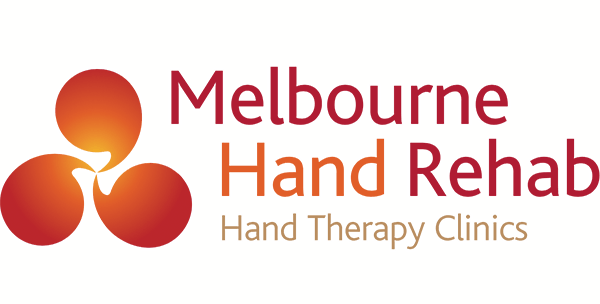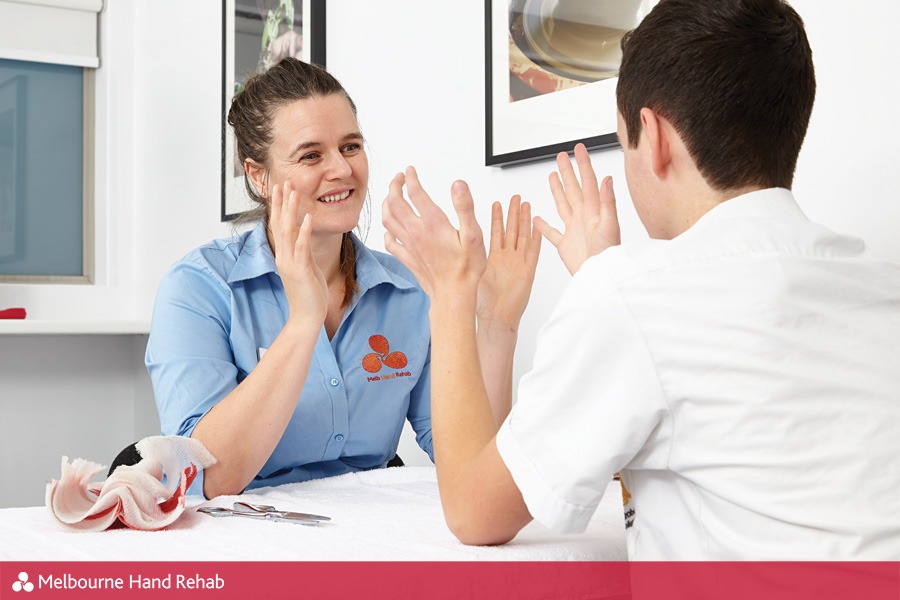
16 Feb The do’s and don’ts of stretching after an injury
Regaining movement after an injury or immobilisation
Assisting patients to overcome upper limb stiffness following injury and immobilisation constitutes a large part of a hand therapist‘s day. In theory, stretching stiff structures is simple, right? Take something that isn’t moving, and make it move again!
However, the uninitiated soon learn that stretching is a subtle and patient art – a measured dance to coax the body back to its former glory. Regaining movement in stiff joints requires skillful application. It is very often not the expected quick fix, but an exercise in sticktivity and resillience.
These are my top 5 tips for stretching after an injury
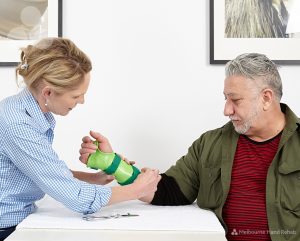
1) Know your limits
If you have a fracture, check with your therapist which movements are still permitted, and maintain a structured movement program through immobilisation.
E.g: In the most common case of distal radius fractures, finger and hand stiffness can be largely avoided by regular completion of differential glide exercises. Regaining (temporarily) reduced hand movement can be a lengthy process over several months in some cases, so it is better not to have it deteriorate in the first instance.
When the wrist is injured, the movement dynamics of the entire upper limb, shoulder, and neck are altered – so it is VERY important to engage in neck and shoulder movement exercises daily.
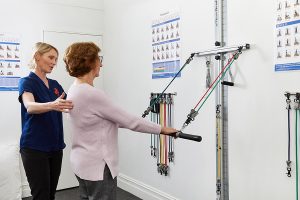
2) ‘No pain, no gain’ myth
Rule of thumb: If 0/10 is no pain at all, and 10/10 is ‘take me to hospital’, don’t push past a 2.5/10 discomfort while stretching
Although the saying ‘no pain, no gain’ does apply in some aspects of life, it’s not true in hand rehabilitation and stretching after an injury.
Yes, the process of increasing range will involve a feeling of slight discomfort and stretch, however, one should not push into pain that is severe, growing, or lingering.
Disregarding the body’s signals that it has reached its comfort range can lead to swelling, injury, and tissue irritation. Swollen and annoyed hands take a long time to settle and do not lend themselves well to stretching.
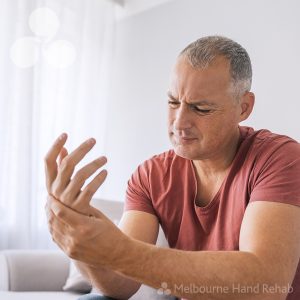
3) Floppy hands
In active stretching, the hand is using its own muscles and power to move. In passive stretching, the hand being stretched is simply a passenger. There should be a clear delineation between active and passive techniques – passive exercises need floppy hands.
Muscles activate as a group to maintain stability and control. e.g: When using the finger flexors to make a fist, the opposing extensor muscles are also activating, which, in the absence of injury is optimal.
However this co-activation is counterproductive when performing passive stretching, as opposing muscles are actively inhibiting stretch. In attempting to actively make a fist while passively stretching, you may be wasting time and energy fighting against your own body. How exhausting!
Passive stretching is very Zen: Find a quiet place, practice some deep breathing, and find your floppy hands.

4) Please don’t bounce
Soft tissue injuries tend to resent short, sudden, sharp, jerky movements; but will generally tolerate slow, steady, controlled load.
There is often an allure for clients to ‘bounce’ into and out of a stretching pose. This stresses affected joints, and may cause unnecessary swelling, joint irritation, and a temporary protective response that inhibits stretching outcomes.
A far better alternative is a controlled ‘leaning into’ a suitable depth of stretch, and to steadily maintain this weight for a time before a gradual ‘leaning out’ of the stretch.
5) Consistency, consistency, consistency
Regaining movement at the wrists and hands is often a case of 100 steps forward, and 99 steps back.
It is not unusual for clients to wake up very stiff in the wrist and hands for several months following injury. It can seem that all of your hard yesterday has been undone overnight, which can be disheartening! However with regular heat and stretching during the day, you’ll find you can regain and develop a range of movement.
Resillience, combined with consistence and persistent effort toward your goal of regaining full range of movement is the key to success with stretching.
If you are experiencing hand, thumb or wrist pain, don’t hesitate to get in touch. We’d love to help you.
BOOK AN APPOINTMENT
For more information, call us directly on 03 9458 5166
